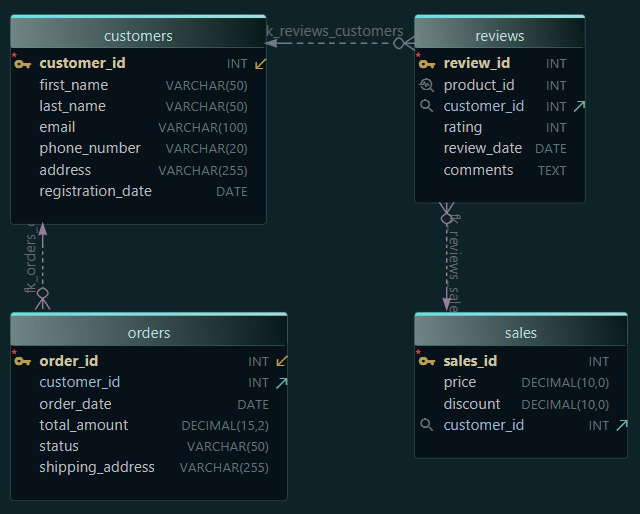Team Collaboration in Schema Design with Git
When your team designs a database, changes happen fast: someone adds a new table, another adjusts a foreign key, and someone else renames a column.
Without version control, these changes get lost, overwritten, or miscommunicated. Soon, nobody knows which version of the schema is the right one.
DbSchema solves this by storing your schema design in a .dbs file (XML format).
This file contains your entire design project: diagrams, tables, columns, documentation, everything.
And because it’s XML, it can be versioned in Git just like source code.
This means your whole team can collaborate on schema design the same way developers collaborate on code.
Why Use Git for Schema Design?
With Git, your team gains:
- A shared history of all schema changes
- Branching and merging for parallel work
- The ability to review changes before they go live
- Confidence that everyone works on the latest schema
How It Works in DbSchema
- Open your
.dbsproject in DbSchema. - Configure Git from Model → Git-Collaborative Design.
- Connect to your team’s repository (GitHub, GitLab, Bitbucket, or internal).
- Start committing schema changes directly from DbSchema.

From this point, every design change is versioned and shareable with the team.
Best Practices for Schema Design in Git

1. One Repository, One Schema Model
Keep your .dbs file in a shared Git repository.
This way, everyone is working with the same schema design, not scattered copies.
2. Use Branches for Team Work
When multiple people work on the schema:
- Create feature branches for new designs (e.g.
feature/add-payments). - Each teammate commits changes in their branch.
- Merge into
mainafter review.
This avoids overwriting each other’s work.

3. Communicate Through Commits
Use commit messages to explain schema changes:
- “Added Customers table with PK”
- “Linked Orders → Customers with FK”
- “Renamed column email_address → email”
This makes it clear what each teammate did and why.

4. Pull Before You Push
Before pushing your own schema changes, always pull.
This ensures you see what your teammates committed, and conflicts are resolved early.
5. Compare and Review
DbSchema lets you compare:
- The current
.dbsfile vs. repository version - The
.dbsmodel vs. a live database
This step is essential before merging team changes into main.

in the Model
in the Repository
Schema Design Workflow with Git

Here’s a simple workflow teams can follow when using DbSchema with Git:
- Clone the repository to get the latest
.dbsschema model. - Branch off
mainfor your task (e.g.feature/add-customers-table). - Design changes in DbSchema - add tables, keys, or update diagrams.
- Commit with small, clear messages.
- Pull before push to sync with teammates and avoid conflicts.
- Push your branch to share changes.
- Merge back into
mainafter review.
This cycle keeps schema design structured, collaborative, and conflict-free.
Conclusion
Without Git, database design often drifts into chaos: changes get lost, work gets overwritten, and no one is sure which version is the latest.
By versioning the .dbs schema design file in Git, your team avoids these problems.
- Everyone works on the same design.
- Every change is tracked and reviewable.
- Mistakes can be rolled back.
- Collaboration feels natural and safe.
DbSchema integrates Git directly into the design workflow, so your team can move fast without losing control of the schema.
Download DbSchema for free and see how Git makes teamwork on database design simple and reliable.







